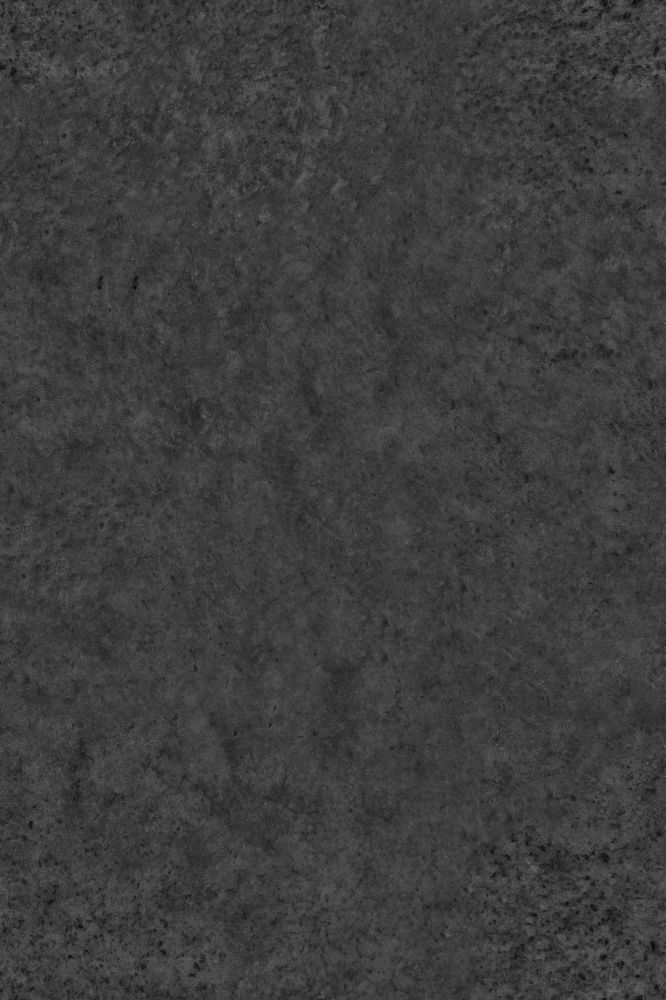Polished Concrete
Category
Concrete
Download
Edit
This mid-grey polished concrete texture is created by mixing cement, aggregate, sand and water to create concrete, which is poured in small areas over a reinforcement mesh, divided by joints, to prevent cracking. The joints are filled with flexible sealant to allow for movement. It is then levelled and refined before being trowelled by hand or machine to smooth and harden, developing a sheen. The polished effect is created by using a diamond polishing machine or tools in combination with adding chemical agents to fill holes and smooth the surface once it has cured, being finished to a grit level of 800 or higher. A higher grit level defines a more polished, reflective, shining surface. The floor is then sealed using a penetrative sealant to allow the concrete to breathe, while protecting it from damage and water ingress. Both pre-cast and in-situ concrete can be polished to the desired level of shine, with this finishing technique used to help express the natural patterns, grains, tones and markings in the concrete surface, making it a popular technique for floors, walls, facades and cladding to achieve a silky, minimalist appearance in a variety of settings. Its durability and weather resistance allows it to be specified both inside and out, creating a seamless transition between the two environments.
Achieving a good, smooth polished concrete finish is a time intensive operation, as the process of pouring the concrete before it can be polished typically takes around 3 days, with polishing taking place around a month after the floor has cured to allow it time to set properly and prevent cracking or damage when polishing however, once set, polished concrete floors are low maintenance and easy to clean, with good load-bearing and aesthetic qualities allowing it to be used in a multitude of low and high foot traffic settings from domestic to commercial and industrial environments. It is slip-resistant, making it ideal for use in wet rooms and kitchens. Concrete also has great thermal properties meaning it is often specified in conjunction with underfloor heating as it distributes heat well, while absorbs and radiates heat from direct sunlight, making it an excellent temperature regulator throughout the day.
A seamless concrete texture with a polished concrete surface. Seamless textures can be tiled repeatedly across a surface without visible seams making them useful for architectural drawings and 3D models. This image can be used as a SketchUp texture, Revit material or imported into Photoshop for use in 2D illustrations. A high resolution version of this texture is available, as well as CAD hatches and PBR maps with Architextures Pro.

